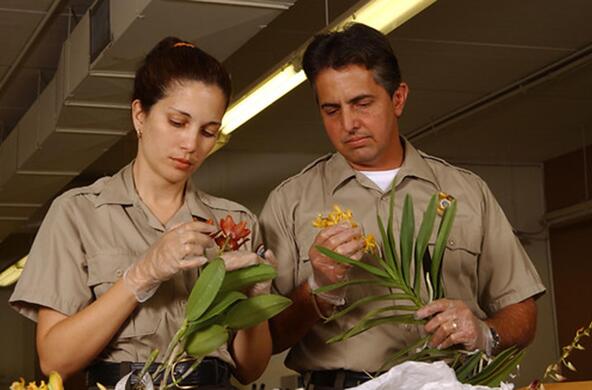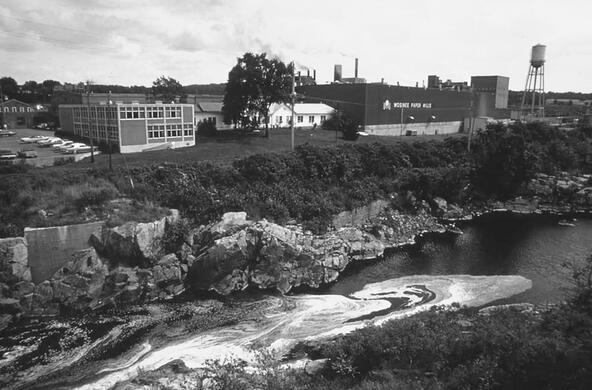New York state is taking an essential step to deal with invasive species, one of the most damaging and difficult environmental problems of our time, by proposing to limit the importation of ballast water into the state. This action represents real progress towards solving a problem that has been allowed to continue for too long. It deserves our support.
Modern ships use large ballast-water tanks to control their stability and safety. Typically, ships take on ballast water in one port, and release the water and its inhabitants at the ship's destination, hundreds or thousands of miles away.
Unfortunately, large volumes of untreated water in ballast tanks are huge floating aquariums that are very efficient at moving aquatic species around the world. Many of the world's most troublesome invaders have hitched a free ride in ballast water and are now causing economic and ecological problems far from their native homes.
Here in the Hudson Valley, the zebra mussel is the best known of the ballast-water invaders. Zebra mussels appeared in the Hudson River in 1991, and now largely dominate the river's freshwater regions. The weight of all of the zebra mussels in the river is greater than the combined weight of all other animals in the river. Their filter-feeding has reduced plankton populations by 80 percent, killed hundreds of millions of native mussels and contributed to the catastrophic decline of the American shad in the river.
Zebra mussels also damage infrastructure. By fouling water intakes, boats, docks and beaches throughout North America, zebra mussels have caused hundreds of millions of dollars in economic damage. But zebra mussels are hardly the only ballast-water invader causing problems in local waters.
This year, Chinese mitten crabs, quagga mussels and spiny waterfleas all appeared in the Hudson basin. Each of these species is capable of causing substantial ecological and economic damage.
Invaders widespread
Nor are ballast-water invaders confined to the Hudson Valley. The Great Lakes, Chesapeake Bay, San Francisco Bay and lakes, rivers, and coastal waters around the world are filling up with crabs, fishes, algae, mussels and other species that used ballast water to expand their ranges, causing problems for native species and human economies. And hundreds more potentially damaging species are waiting in ports around the world for their ticket to North America on the Ballast-Water Express.
It usually is difficult or impossible to control invasive species once they are well established. If we want to prevent invasive species from causing problems, it is especially important to keep them from moving around the world in the first place. Although biologists have identified the most important ways by which invasive species arrive in new habitats - ballast water, raw timber and wood packing, the pet and horticulture trades, aquaculture and so on - governmental actions to control these known pathways have been sluggish.
Federal actions in the past few decades have provided some control over some of these pathways, but much remains to be done. For instance, the U.S. Coast Guard now restricts release of ballast water, but almost 1/4 of ballast water still enters our country untreated. Other important loopholes remain as well, so marine and freshwater species are still able to ride the Ballast-Water Express into the United States.
The controls New York state is proposing would close these loopholes by requiring ships to exchange or treat their ballast water before coming into New York's waters and set high standards for allowable populations of animals, plants and microbes in ballast water entering the state. Together with actions by California, Michigan and other states that have been hard-hit by ballast-water invaders, the proposed controls offer the first real prospect of finally closing down the Ballast-Water Express into North America. Certainly, the ballast-water controls New York state proposes won't solve the large and complicated economic and ecological problems that invasive species cause, but they are a welcome step in the right direction.






